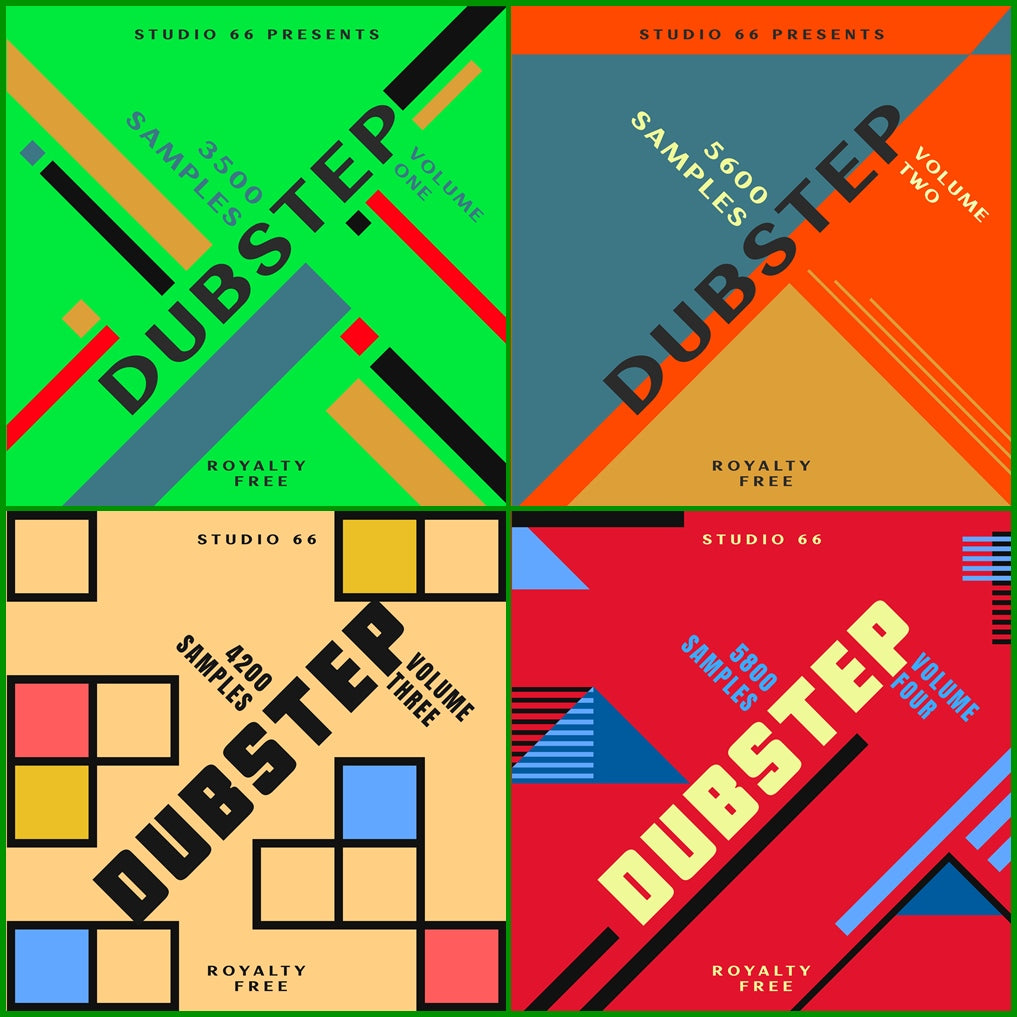
Creating Dubstep music: The Fundamentals
Share
Creating Dubstep music requires a combination of technical knowledge, creativity, and attention to detail. Here are some steps you can take to create your own Dubstep tracks:
-
Gather inspiration: Start by listening to a wide variety of Dubstep tracks to get a sense of the different styles and sounds used in the genre. Pay attention to the drums, basslines, and other elements that make the tracks stand out.
-
Set up your production environment: You'll need a digital audio workstation (DAW) and a set of virtual instruments or samples to create your track. Some popular DAWs for electronic music production include Ableton Live, FL Studio, and Logic Pro.
-
Create a drum loop: The drums are the backbone of Dubstep, so it's important to get them right. You can create a drum loop by programming individual drum hits in your DAW, or by using pre-existing drum loops from a sample pack. Dubstep drums usually have a specific pattern of syncopation, with the kick drum on the offbeat.
-
Create a bassline: The bass is the defining element of Dubstep. You can create a bassline by programming individual notes in your DAW, or by using pre-existing bass loops from a sample pack. Dubstep basslines often use a combination of sub-bass, mid-bass and high-frequency elements, with a lot of modulation and processing to make it sound aggressive and powerful.
-
Add other elements: Once you have a solid drum loop and bassline, you can start adding other elements to your track. This might include synths, vocal samples and effects.
-
Arrange your track: Once you have all of the elements of your track in place, you'll need to arrange them in a way that makes sense. This might involve adding transitions, breaks, and builds to create a sense of structure and flow. Dubstep tracks often have a specific structure, such as a drop followed by a build-up.
-
Mix and master your track: Once your track is arranged, you'll need to mix and master it to make sure it sounds its best. This might involve equalization, compression, and other effects to balance the levels of different elements and make the track sound polished and professional. Dubstep tracks often have a lot of low-end and require a good amount of compression, limiting and stereo enhancement.
-
Promote your track: Once your track is finished, you can promote it online through social media, music production communities, and other platforms.
Keep in mind that creating Dubstep music takes time and effort, but with the right approach and attention to detail, you can create tracks that will be well-received by fans of the genre.
You can find Dubstep Loops and Samples in our Audio Store Here